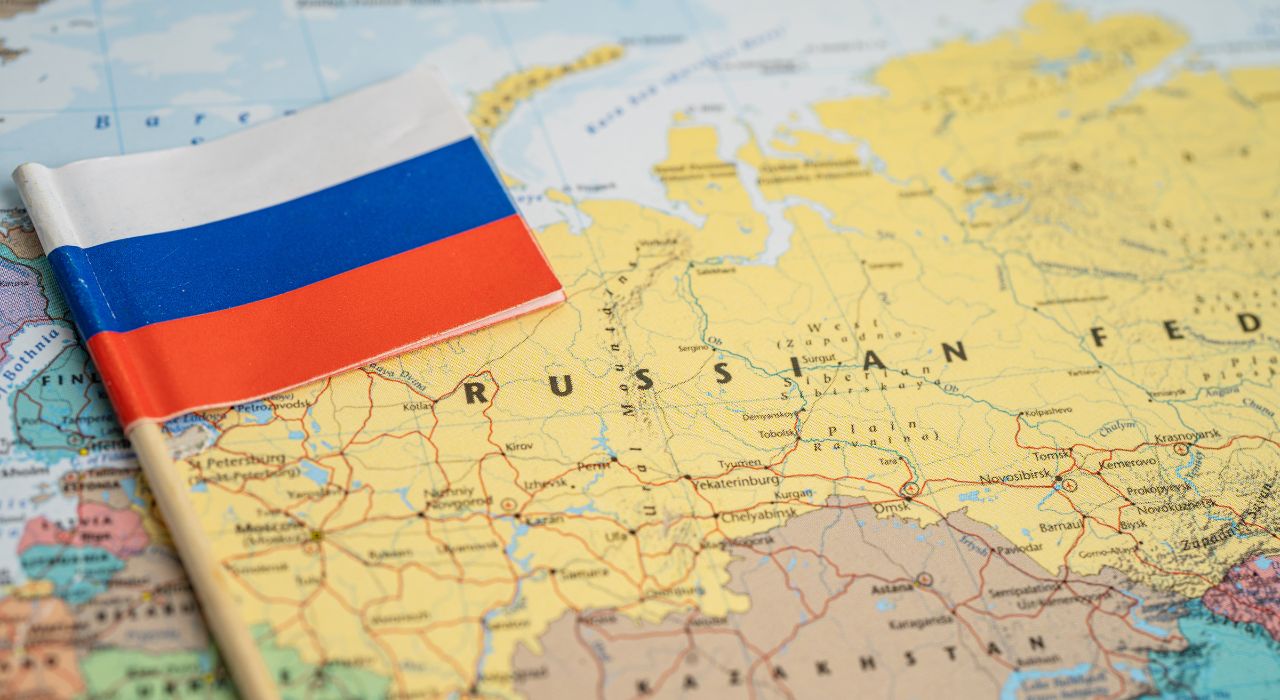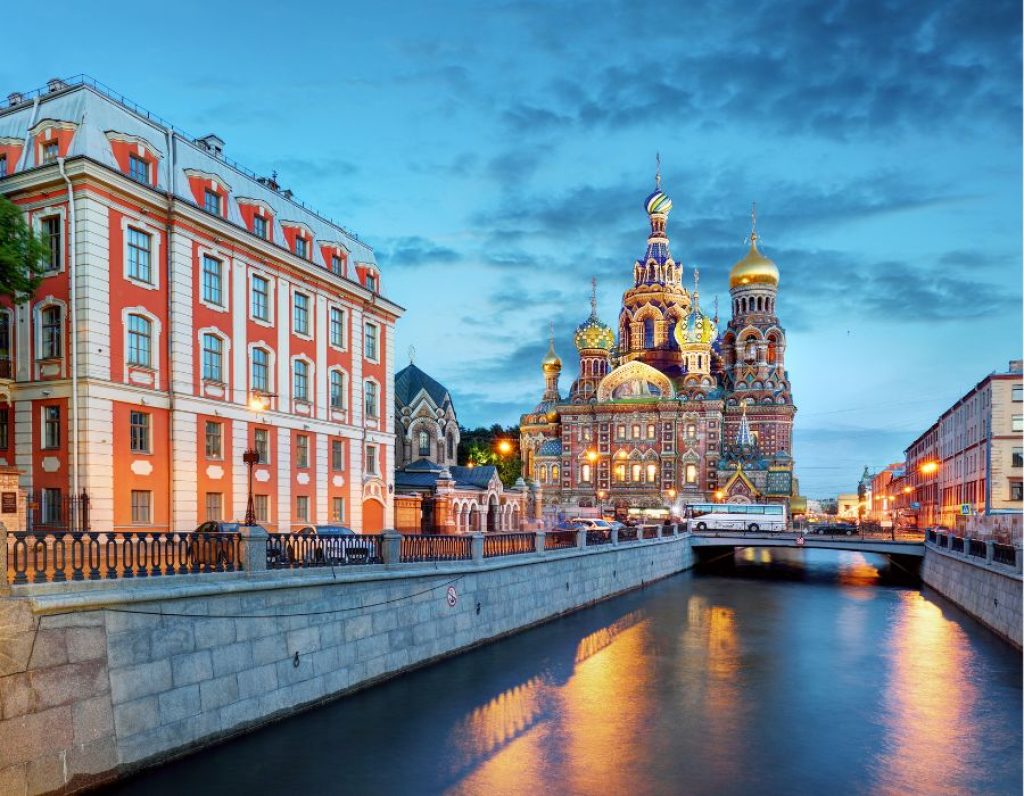
ANADYR ESTUARY
The Anadyr Estuary is part of the largest Anadyr Bay in the Bering Sea of the Chukotka Peninsula. The Anadyr estuary and the bay are separated by two long spits – Russian Cat and Heka Land; they are located as a gate at the entrance to the estuary. The Anadyr estuary itself is divided into two large bays: Onemen and Kanchalansky estuary. The large rivers Anadyr, Kanchalan and Tretya Rechka, as well as many other smaller rivers, flow into the Anadyr Estuary. The height of semi-diurnal tides is 1.5 meters. In the southern part, the shores of the estuary are low-lying and muddy, while the northern side is deeper and pebble. On the right bank of the Anadyr Estuary is the main city and port of Chukotka, Anadyr, and on the left bank is the village of Ugolnye Kopi. At the top of the estuary, there is a small, rock-like island called Alyumka. Colonies of herring gulls and moss gulls nest here. Walruses and molting rare breeds of geese inhabit the protruding land areas of the Anadyr estuary.

RATMANOV ISLAND
Ratmanov Island in the Bering Strait is the easternmost point of Russia, from where it is just a stone’s throw from Alaska. The island was discovered in 1728 during the sea expedition of Vitus Bering. But the island was put on the map only four years later. In 1867, after the sale of Alaska to America, a state border was established between the islands of Ratmanov and Krusenstern. Ratmanov Island for Americans is Big Diomede. Five by seven kilometers, mountains and narrow gorges; in the center, there is a high plateau. The rocky massif, according to inaccurate data, rises 500 meters above sea level.
There has been no civilian population on the island for a long time; only a small border post stands off the coast on the site of the abandoned Eskimo settlement of Kunga. The Eskimos lived on the island until the middle of the 20th century; then, they were resettled to the mainland. The climate on the island is unkind: fog shrouds the coast almost 300 days a year, and piercing northern winds carry the Arctic cold.
The landscape around is harsh and ascetic. But here, you can see the northern lights – a glorious spectacle of rare beauty. The flora of the island is very sparse – a rare plant can survive in such natural conditions. On the shore of the island, there is a large colony of northern birds and walruses. Until recently, the territory of the island was closed to visitors, but now you can get here by helicopter if only the weather “gave the go-ahead” for the flight.
KIPCHAK BAY

The second name of this national nature park is “Beautiful Harbor”. During the season, there are always a lot of lovers of wild recreation here. The tent camp on the shores of the bay is fenced off from noisy civilization and everyday bustle. It has a reservoir with fresh water, as well as imported food shops. The water here is so clear that you can see the bottom even at a depth of 10 meters. The water here warms up early and is ideal for swimming in the summer months.
Right next to the bay, there is a nursery for breeding mullet, so you can always buy fresh fish here. In the bay itself, you can catch mussels and rapana. Cellular reception here is unstable; please note. Also, if you plan to stay overnight here, due to the small number of trees in the area, it is almost impossible to find firewood for a fire. There is also very little natural shade.
UNDERWATER MONUMENT TO JACQUES-YVES COUSTEAU
To mark the centenary of the birth of the legendary explorer of the deep sea Jacques-Yves Cousteau in 2010, a monument was erected in Crimean waters. To see the monument, you need to use scuba gear – the device that Cousteau himself invented. It was off the coast of Alushta that the great Frenchman took part in the world diving championship in 1968.
The author of the project was Vyacheslav Gerasimov, who, together with Crimean divers, immersed a granite slab with the profile of the inventor of the pulmonary valve into the waters of the Black Sea. The date of birth and the date of installation of the monument are engraved on the slab, as well as words of gratitude from the submariners. You can find the underwater monument to Jacques-Yves Cousteau 60 meters from the beach of Rabochy Ugolok, not far from the Chernovsky stones, at a depth of 6 meters. Don’t forget that you will need special equipment and skills to dive.
BULK CARRIER FROM BATILIMAN BAY

A sunken cargo ship of unknown origin rests in Batiliman Bay. Nobody knows its name and country of production. It was only found out that the cargo ship was built in the mid-19th century and sank, or was flooded, in shallow water in the 30s of the 20th century. The vessel had a total length of about 130 meters. For some unknown reason, the ship is called the “Greek Wine Carrier” among underwater travelers.
Today, fragments of the middle and stern parts of the ship are well preserved. Their research length is just over 70 meters. The 4-meter propeller has been preserved. Moreover, next to the broken stern at the bottom rests another similar propeller, which apparently served as a spare. You can climb inside the ship, but only to the new part. It is destroyed. The facility is well-suited for beginner divers. However, don’t take risks without proper equipment and training.
SHIP SANTAFE
The German transport ship from the Great Patriotic War was destined to rest in the waters of the Black Sea in November 1943 in the Evpatoria region, having huge reserves of ammunition on board. The Santa Fe was launched in German shipyards in 1921. As a passenger ship, she plied the route Germany – South America, but in October 1939, she was captured by French troops and until 1942, she plied the waters under the flag of France and was called “St. Andre.”
After German troops occupied Southern France, the ship again became the property of the Reich, and the ship was returned to its previous name. Now, the ship’s place of service has become the Black Sea. In the last ten days of November 1943, the German convoy Wotan, which included the transport ship Santa-Fe, left Constanta for the bay of Sevastopol. On board, in addition to the 12 assault guns of two tanks, there were many other military cargoes, in particular ammunition, the bulk of which were aerial bombs.
There were also barrels of gasoline and fuels and lubricants in the holds. The exact cause of the death of Santa Fe could not be established, but the main version is an explosion on a mine, which was installed in that place by the Soviet submarine L-6. The mystery of the ship’s death still haunts divers. They are trying to wonder what happened in November 1943.
LAKE TAIGAN
Taigan is an artificial reservoir built in 1938. Workers from correctional labor institutions worked on its construction. The surrounding fields are irrigated with the water of this artificial lake, and water is also supplied to the city of Belogorsk for household needs. The reservoir was named after the settlement that used to be in this place but now lies at the bottom of the reservoir. The Taigan reservoir is 2 kilometers long and 2.28 kilometers wide. With an average depth of 3 meters, the reservoir has holes up to 16.5 meters deep. The surface area of the reservoir is 200 hectares, and the estimated volume is 13.8 million cubic meters.








